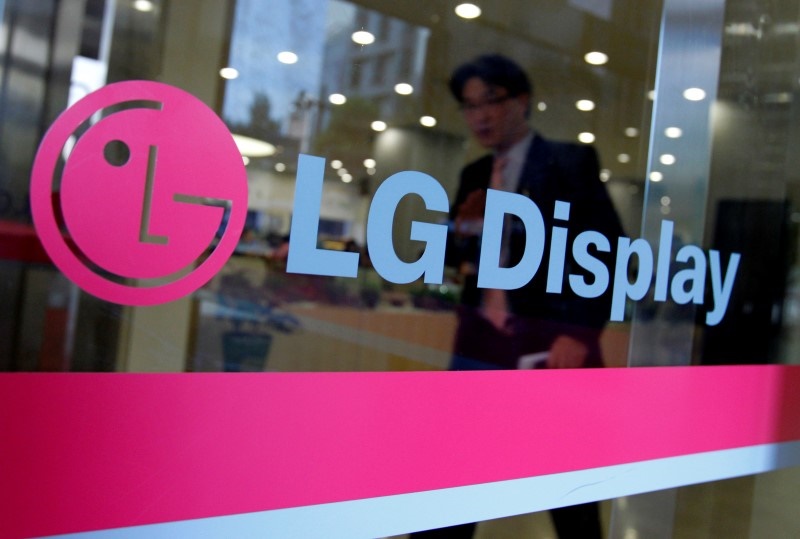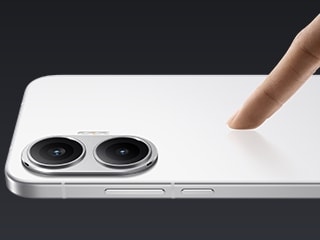- Home
- Mobiles
- Mobiles News
- LG Display to Invest $1.75 Billion for Flexible Oled Screens
LG Display to Invest $1.75 Billion for Flexible Oled Screens

The South Korean company said mass production of flexible displays will start in late 2018, at a scale that will supply enough 5.7-inch sized flexible screens for 3 million handsets per month.
The flexible displays will be made of advanced materials called Oleds, or organic light emitting diodes, which display more saturated colors, such as a darker black, than LCDs.
While Apple still uses LCD screens for its iPhones, a growing number of mobile phone makers have adopted Oled screens for their flagship phones as they have resolved battery-draining and heat problems associated with the technology. Market watchers say even Apple might use the Oled screens for its iPhones as early as next year.
The Oled screen is lighter and thinner than other display screens and has more design flexibility. It can be folded and bended.
LG Display focused initially on investing in large-sized Oled screens for televisions while its small-sized screens were mostly made of LCDs to meet demand from its key clients, including Apple and its affiliated company LG Electronics.
With the latest investment, LG is trying to catch up with its rival Samsung Display in the small-sized Oled screens. Samsung dominates the supply of Oled screens for mobile phones. For years, Samsung Electronics used the Oled screens for its flagship Galaxy smartphones and recently it has adopted curved Oled screens for its Galaxy Edge series smartphones that feature displays that wrap around corners of the devices.
LG Display's biggest client for mobile phones is Apple.
Catch the latest from the Consumer Electronics Show on Gadgets 360, at our CES 2026 hub.
Related Stories
- Samsung Galaxy Unpacked 2025
- ChatGPT
- Redmi Note 14 Pro+
- iPhone 16
- Apple Vision Pro
- Oneplus 12
- OnePlus Nord CE 3 Lite 5G
- iPhone 13
- Xiaomi 14 Pro
- Oppo Find N3
- Tecno Spark Go (2023)
- Realme V30
- Best Phones Under 25000
- Samsung Galaxy S24 Series
- Cryptocurrency
- iQoo 12
- Samsung Galaxy S24 Ultra
- Giottus
- Samsung Galaxy Z Flip 5
- Apple 'Scary Fast'
- Housefull 5
- GoPro Hero 12 Black Review
- Invincible Season 2
- JioGlass
- HD Ready TV
- Laptop Under 50000
- Smartwatch Under 10000
- Latest Mobile Phones
- Compare Phones
- OPPO Reno 15 Pro Max
- Honor Win RT
- Honor Win
- Xiaomi 17 Ultra Leica Edition
- Xiaomi 17 Ultra
- Huawei Nova 15
- Huawei Nova 15 Pro
- Huawei Nova 15 Ultra
- Asus ProArt P16
- MacBook Pro 14-inch (M5, 2025)
- OPPO Pad Air 5
- Huawei MatePad 11.5 (2026)
- Xiaomi Watch 5
- Huawei Watch 10th Anniversary Edition
- Acerpure Nitro Z Series 100-inch QLED TV
- Samsung 43 Inch LED Ultra HD (4K) Smart TV (UA43UE81AFULXL)
- Asus ROG Ally
- Nintendo Switch Lite
- Haier 1.6 Ton 5 Star Inverter Split AC (HSU19G-MZAID5BN-INV)
- Haier 1.6 Ton 5 Star Inverter Split AC (HSU19G-MZAIM5BN-INV)

















